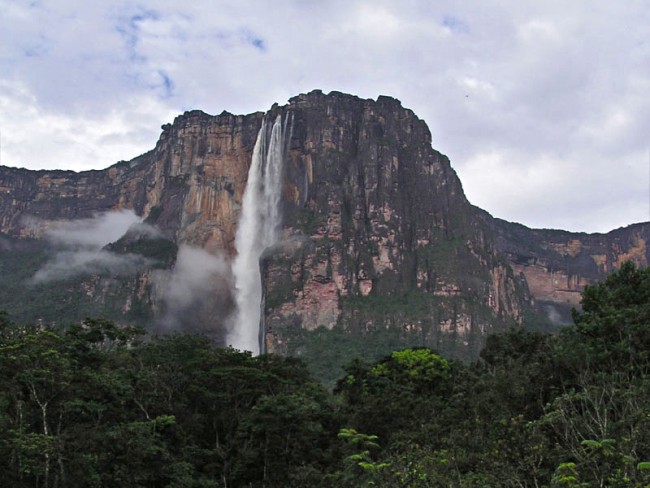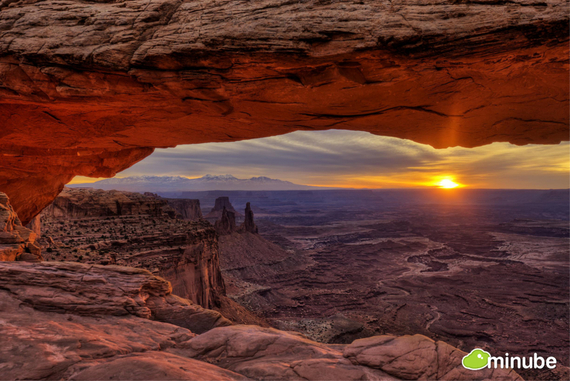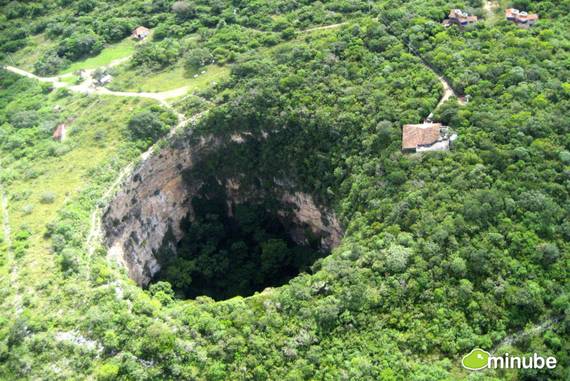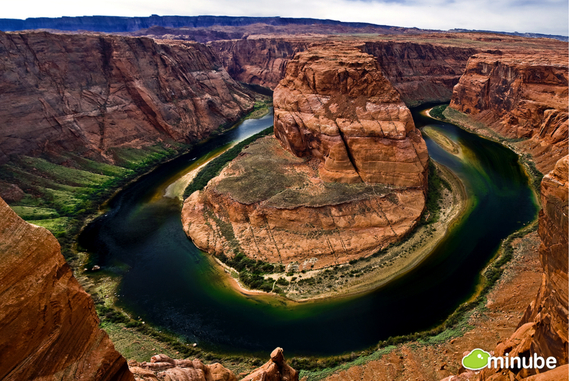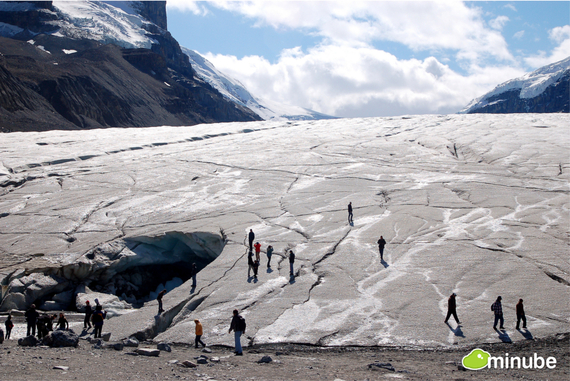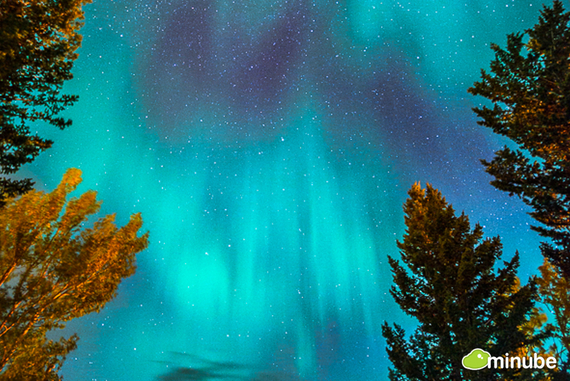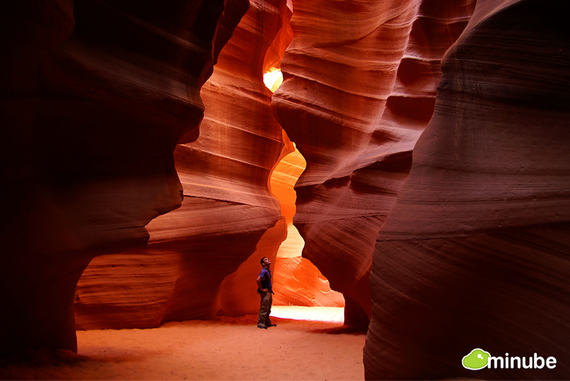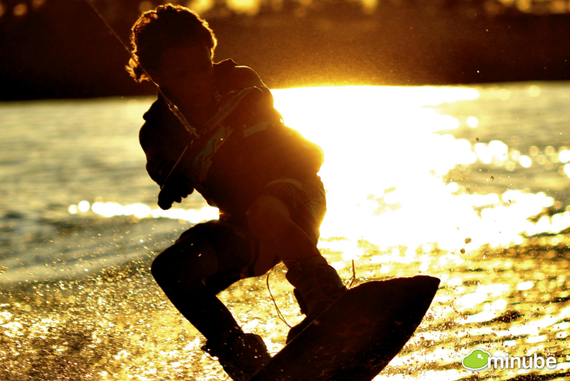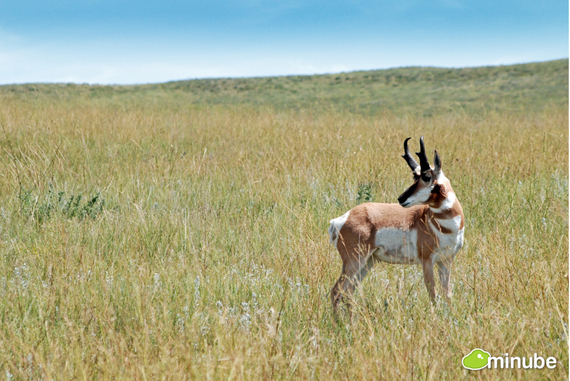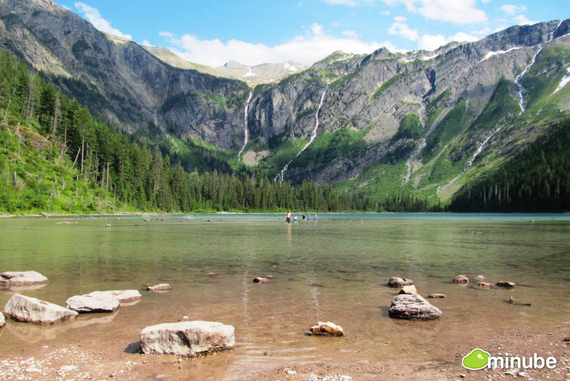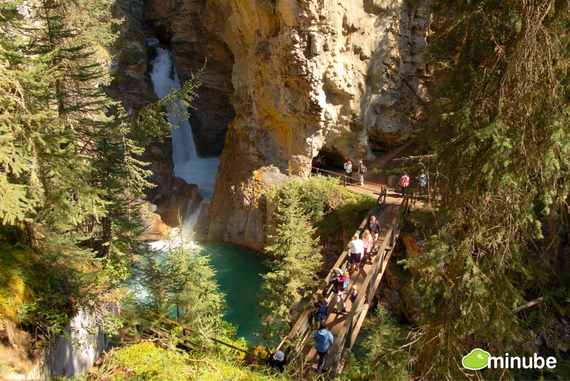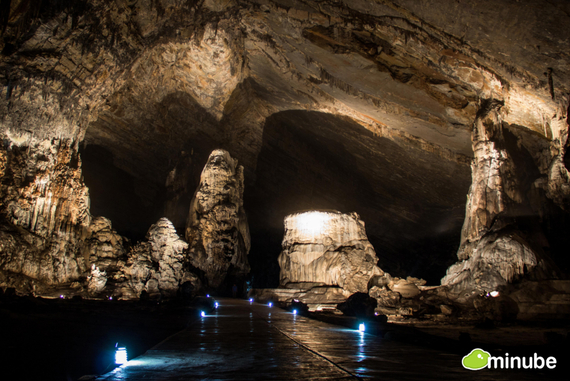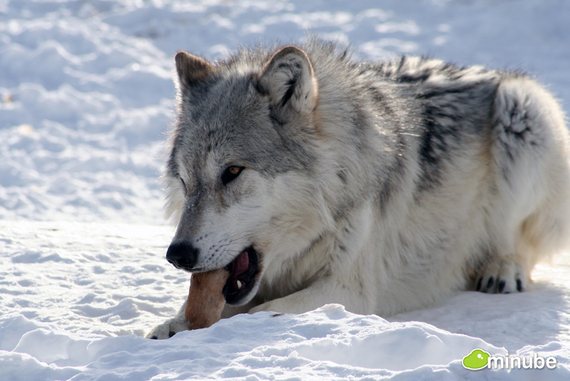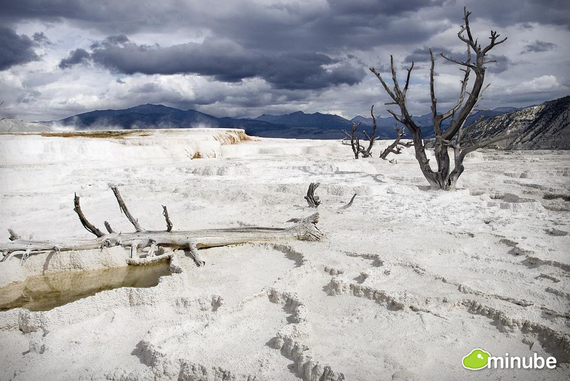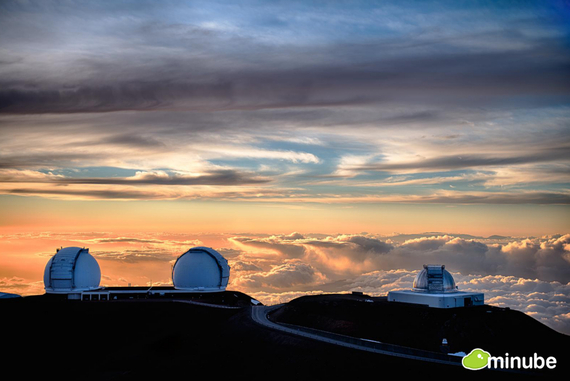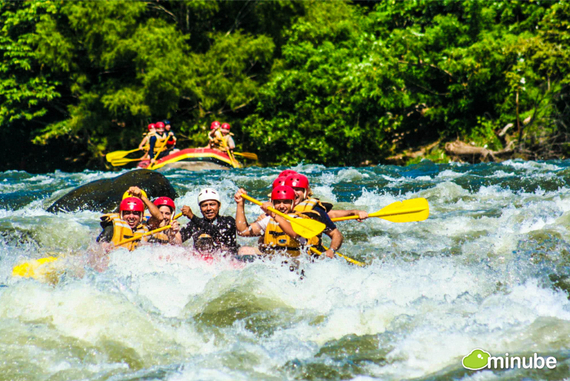Visit Antarctic Peninsula, Antarctica
Reaching out from Antarctica like a beckoning hand, the Antarctic Peninsula is a spectacular range of jagged mountain peaks, draped in glaciers that calve icebergs into the sea.
Part of the peninsula is sub-Antarctic: the true Antarctic begins at the 66˚ 32’ S parallel of latitude, where for one day or more each year the sun doesn’t rise or set. Most ships cross this parallel, if just so their passengers can toast the occasion.
Points of interest
 Amongst the highlights of the peninsula are Port Lockroy, the British Antarctic Survey base situated in a natural harbour reached through the spectacular cliffs of the Neumayer Channel. With its own post office and museum this is one of the most visited parts of the peninsula, but it also has some unusual sights, including the skeleton of a fin whale left over from its whaling station past, which is blown around through the austral winter but painstakingly re-assembled each spring. Hope Bay is home to the Argentinean Esperanza Base, which is a year-round settlement, with a mayor, post office and school. It is also where the Antarctic continent’s first baby was born in 1978.
Amongst the highlights of the peninsula are Port Lockroy, the British Antarctic Survey base situated in a natural harbour reached through the spectacular cliffs of the Neumayer Channel. With its own post office and museum this is one of the most visited parts of the peninsula, but it also has some unusual sights, including the skeleton of a fin whale left over from its whaling station past, which is blown around through the austral winter but painstakingly re-assembled each spring. Hope Bay is home to the Argentinean Esperanza Base, which is a year-round settlement, with a mayor, post office and school. It is also where the Antarctic continent’s first baby was born in 1978.
The Lemaire Channel is one of the most stunning and photogenic sights of Antarctica - running between the Antarctic Peninsula and Booth Island, its convoluted passage is navigable but only just, with sheer cliffs on every side.
Wildlife of the Antarctic Peninsula
At Paradise Harbour petrels, cormorants, seals, penguins and sometimes whales are extras to a breathtaking and stunning landscape, a dramatic and iconic image of Antarctica at its most beautiful. A zodiac cruise here is one of the highlights of a trip to Antarctica. Petermann Island is home to thousands of blue-eyed shags, raucous birds well worth a closer look. Babies are born bald, but when they fledge they club together on the surface of the sea to fish in rafts, diving more than 100 metres in focused, relentless hunts for fish.
Visit South Georgia, Antarctica
Two mountain ranges stretch 170 kilometres across the sea to make up this long, narrow island, in places as little as two kilometres across.
Even in mid-summer, 75% of South Georgia is covered with glaciers, ice-caps and snowfields. From 1786 until the early 20th century this was a scene of slaughter, with more than a million fur seals killed for their skins, but these days its wildlife has fully recovered and the island is arguably one of the world’s most magical and prolific wildlife hotspots, set against rugged and majestic scenery.
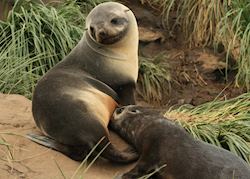 It is now home to more than three million fur seals and a host of birds: five million macaroni penguins strut along its shores, king penguins teeter over the shingle beaches of St Andrews Bay and albatross - comparable in size but with a four-metre wingspan – make their huge nests in the south. The wildlife has now taken over the decaying rusting hulks of the whaling station at Grytviken, the centre of the Southern Ocean whaling industry from 1904 to the mid 1960s. Shackleton’s grave in the whaler’s cemetery is well worth visiting as is the South Georgia Museum, with fascinating exhibits on the history and wildlife.
It is now home to more than three million fur seals and a host of birds: five million macaroni penguins strut along its shores, king penguins teeter over the shingle beaches of St Andrews Bay and albatross - comparable in size but with a four-metre wingspan – make their huge nests in the south. The wildlife has now taken over the decaying rusting hulks of the whaling station at Grytviken, the centre of the Southern Ocean whaling industry from 1904 to the mid 1960s. Shackleton’s grave in the whaler’s cemetery is well worth visiting as is the South Georgia Museum, with fascinating exhibits on the history and wildlife.Visit South Shetland Islands, Antarctica
South of the infamous Drake Passage, the South Shetland Islands run parallel to the Antarctic Peninsula, stretching across 540 kilometres of krill-rich ocean, happy feeding grounds for whales, penguins, seals and sea lions.
King George Island is the most populated, with permanent settlements of eight nations, including Brazil, Argentina, Russia and South Korea, and summer stations manned by many other countries, each staking their rival claims to a cake-slice share of Antarctic territory.
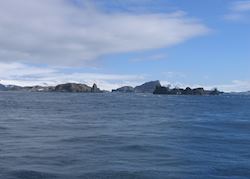 Livingstone Island was a popular whaling station in the 19th century; now gentoo penguins play amongst the remnants of abandoned whaling stations, elephant and fur seals bask on the beach.
Livingstone Island was a popular whaling station in the 19th century; now gentoo penguins play amongst the remnants of abandoned whaling stations, elephant and fur seals bask on the beach.
Elephant Island is where Shackleton’s crew hunkered down to survive an Antarctic winter, and you can still see remnants of the Endurance on the southwest of the island along with chinstrap penguins and seals.
Deception Island is one of Antarctica’s two most active volcanoes, blown out into a perfect horseshoe-shaped harbour. Stroll to the breathtaking caldera that last erupted in 1992 or bathe in Pendulum Cove, warmed to bathwater temperatures by geothermal heat.



















